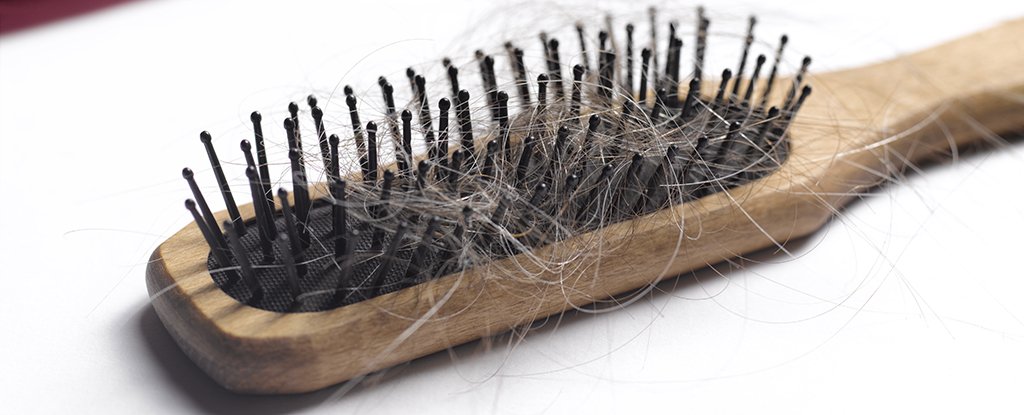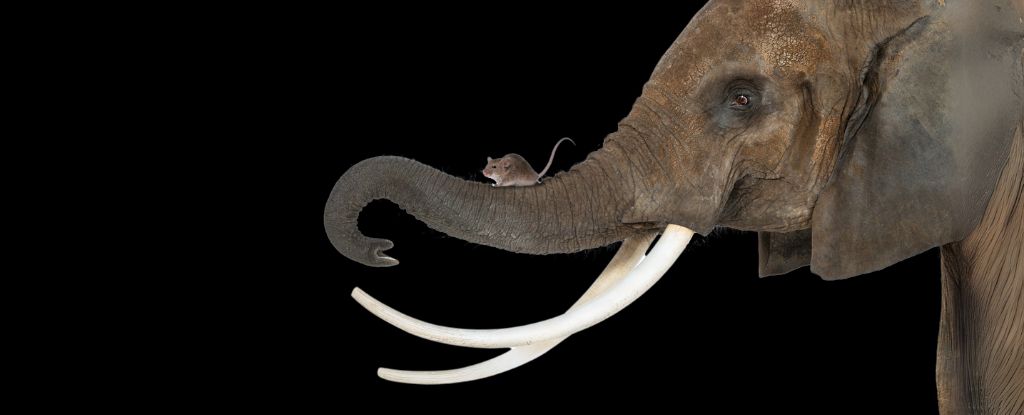For most of us, hair naturally loses pigment as we get older. We often think that stress may also play a role, but until recently, that hadn’t actually been demonstrated in humans; a 2021 study finally brought some evidence to the table.
Gray and white hair is typically caused by the pigment cells in our hair follicles slowly dying off as we get older, which means there’s a lack of the pigment melanin. However, there’s some evidence that other factors can influence melanin production too.
While scientists have made the link between stress and gray hair in mice, it’s never been conclusively proven to happen in humans. The 2021 study, involving 14 volunteers, offers some strong evidence that this really does occur.
Furthermore, it appears that once people are under less stress, the hair color can return – and while the researchers don’t suggest that age-related grayness can be undone, these findings could teach us something about the biological processes of getting older.
“Understanding the mechanisms that allow old gray hairs to return to their young pigmented states could yield new clues about the malleability of human aging in general and how it is influenced by stress,” said Martin Picard, an associate professor of behavioral medicine at Columbia University, back in June 2021.
The 14 healthy participants in this study were aged between 9 and 65, and already had some signs of gray or white in their hairs. It took the researchers two-and-a-half years to recruit them, which tells you that these findings don’t necessarily apply to large parts of the population.
Using a specially developed high-resolution scanning technique, hairs from the volunteers were analyzed for signs of pigment loss. As well as more noticeable graying, the scans revealed very small variations in color, showing that once pigment loss had started, it didn’t always continue.
When comparing the color variations with stress diaries filled out by a handful of the volunteers – logs of stressful and non-stressful times over the last 12 months – the researchers noticed some correlation between cycles of stress and shifts in hair pigmentation in some of the study participants.
“There was one individual who went on vacation, and five hairs on that person’s head reverted back to dark during the vacation, synchronized in time,” said Picard.
The researchers analyzed hundreds of proteins inside the hairs, finding a link between white hairs and more proteins associated with mitochondria – an indicator of energy use and metabolic stress. This connection has been spotted by scientists before and backs up the idea of stress causing changes in hair color.
Using a mathematical model to expand their results across a greater number of people and ages, the team suggests that gray and white hairs can indeed regain their color in some circumstances. While this contradicts another study in mice, differences in hair follicle biology between mice and humans could explain the contradiction.
The ideas explored here aren’t completely new, but the study represents some of the most solid evidence yet for stress-related hair pigmentation loss, and how it can be temporary.
As the small sample size indicates though, this isn’t going to apply to everyone – the researchers say there’s likely to be a biological age threshold for hair turning gray, which stress and other biological factors can push hair follicles over earlier.
“We don’t think that reducing stress in a 70-year-old who’s been gray for years will darken their hair or increasing stress in a 10-year-old will be enough to tip their hair over the gray threshold,” said Picard.
The research was published in eLife.
An earlier version of this article was published in June 2021.





